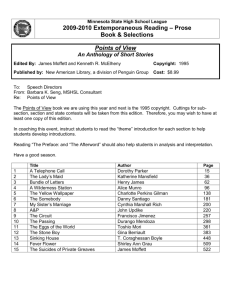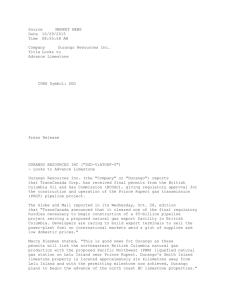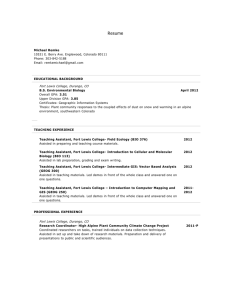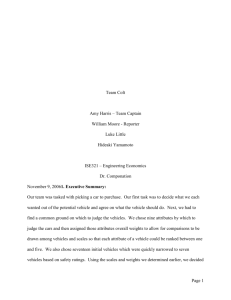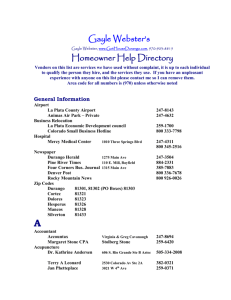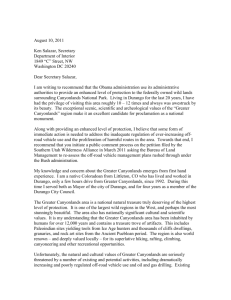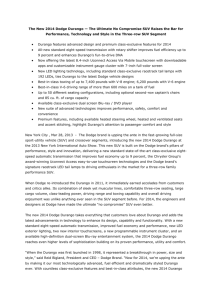Final Case Study
advertisement
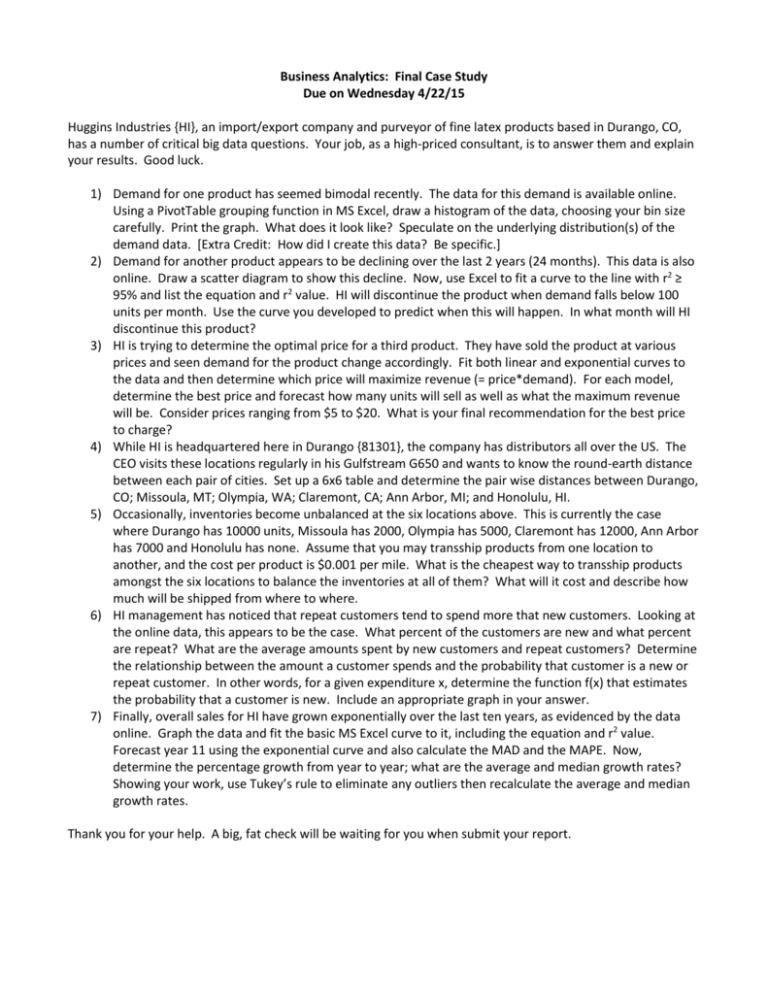
Business Analytics: Final Case Study
Due on Wednesday 4/22/15
Huggins Industries {HI}, an import/export company and purveyor of fine latex products based in Durango, CO,
has a number of critical big data questions. Your job, as a high-priced consultant, is to answer them and explain
your results. Good luck.
1) Demand for one product has seemed bimodal recently. The data for this demand is available online.
Using a PivotTable grouping function in MS Excel, draw a histogram of the data, choosing your bin size
carefully. Print the graph. What does it look like? Speculate on the underlying distribution(s) of the
demand data. [Extra Credit: How did I create this data? Be specific.]
2) Demand for another product appears to be declining over the last 2 years (24 months). This data is also
online. Draw a scatter diagram to show this decline. Now, use Excel to fit a curve to the line with r2 ≥
95% and list the equation and r2 value. HI will discontinue the product when demand falls below 100
units per month. Use the curve you developed to predict when this will happen. In what month will HI
discontinue this product?
3) HI is trying to determine the optimal price for a third product. They have sold the product at various
prices and seen demand for the product change accordingly. Fit both linear and exponential curves to
the data and then determine which price will maximize revenue (= price*demand). For each model,
determine the best price and forecast how many units will sell as well as what the maximum revenue
will be. Consider prices ranging from $5 to $20. What is your final recommendation for the best price
to charge?
4) While HI is headquartered here in Durango {81301}, the company has distributors all over the US. The
CEO visits these locations regularly in his Gulfstream G650 and wants to know the round-earth distance
between each pair of cities. Set up a 6x6 table and determine the pair wise distances between Durango,
CO; Missoula, MT; Olympia, WA; Claremont, CA; Ann Arbor, MI; and Honolulu, HI.
5) Occasionally, inventories become unbalanced at the six locations above. This is currently the case
where Durango has 10000 units, Missoula has 2000, Olympia has 5000, Claremont has 12000, Ann Arbor
has 7000 and Honolulu has none. Assume that you may transship products from one location to
another, and the cost per product is $0.001 per mile. What is the cheapest way to transship products
amongst the six locations to balance the inventories at all of them? What will it cost and describe how
much will be shipped from where to where.
6) HI management has noticed that repeat customers tend to spend more that new customers. Looking at
the online data, this appears to be the case. What percent of the customers are new and what percent
are repeat? What are the average amounts spent by new customers and repeat customers? Determine
the relationship between the amount a customer spends and the probability that customer is a new or
repeat customer. In other words, for a given expenditure x, determine the function f(x) that estimates
the probability that a customer is new. Include an appropriate graph in your answer.
7) Finally, overall sales for HI have grown exponentially over the last ten years, as evidenced by the data
online. Graph the data and fit the basic MS Excel curve to it, including the equation and r2 value.
Forecast year 11 using the exponential curve and also calculate the MAD and the MAPE. Now,
determine the percentage growth from year to year; what are the average and median growth rates?
Showing your work, use Tukey’s rule to eliminate any outliers then recalculate the average and median
growth rates.
Thank you for your help. A big, fat check will be waiting for you when submit your report.

